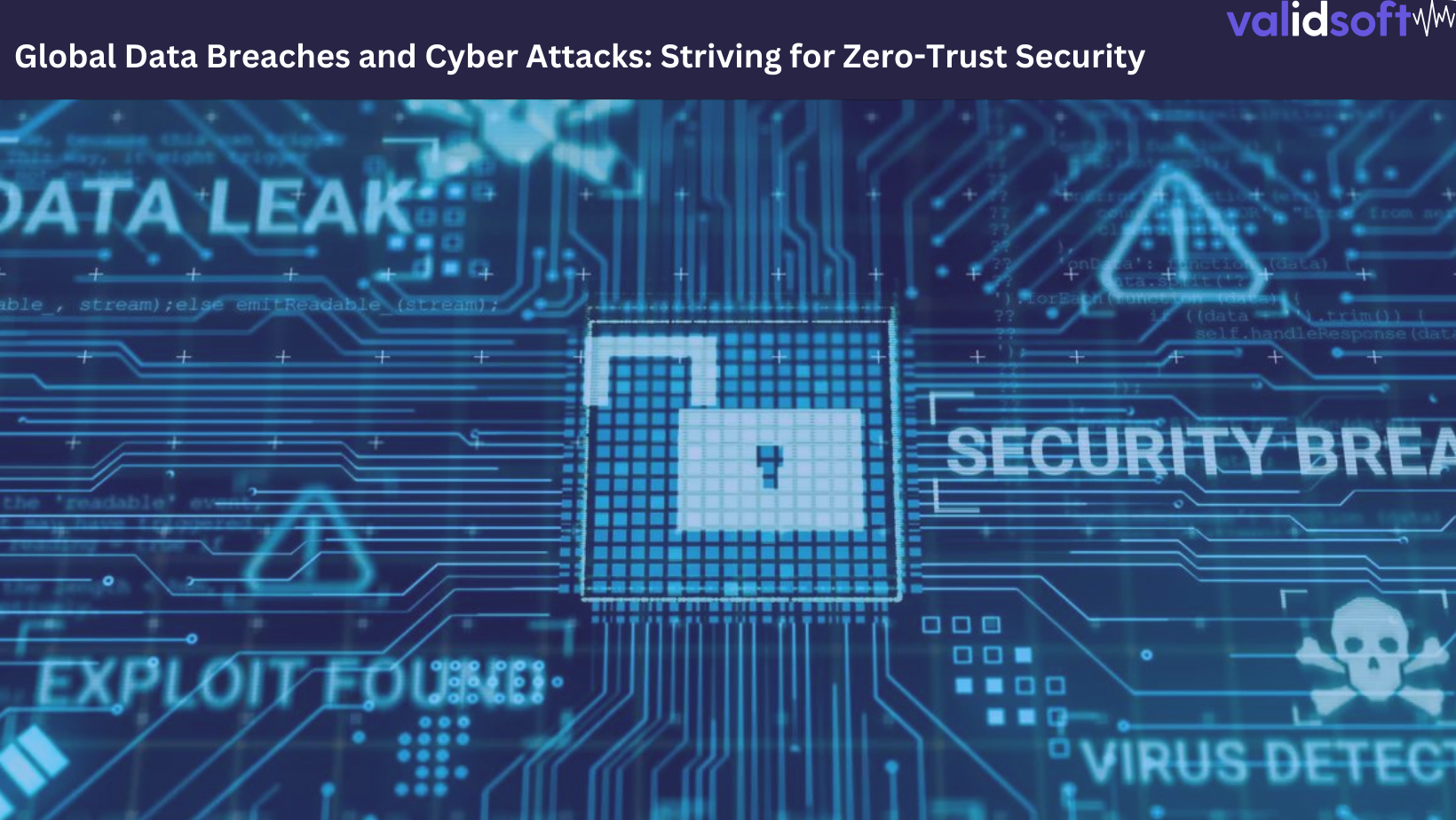There is a need for trusted identity assurance: In January 2024, a staggering figure was reported by IT Governance UK – 29,530,829,012 records breached across the globe. This number is not just a statistic; it’s a stark reminder of the ever-evolving challenge that cyberattacks and data breaches pose to organizations of all sizes and sectors. The upward trend in the number of incidents prompts a critical question: Why do breaches continue to rise unabated? The answer, while multifaceted, points to a significant gap in our current cybersecurity defenses, particularly against the cunning tactics of social engineering.
How Social Engineering Exposes the Flaws in Traditional Security Measures
The impact of these breaches is profound, affecting not just the immediate financial health of organizations but also potentially causing long-term reputational damage. It’s an endemic issue that underscores a much more severe problem – our current security authentication defenses are woefully inadequate to combat the latest attack vectors. Traditional defenses such as proxies, risk assessments, behavioral, federated authentication, knowledge-based authentication, possession-based methods, passwords, PINs, OTPs, and PUSH notifications all share a common vulnerability: they can be exploited.
The crux of the problem lies in the reliance on what can now be considered outdated methods in an age where attackers use sophisticated techniques to bypass these defenses. Social engineering, in particular, represents a significant threat as it preys on human psychology rather than technological vulnerabilities. This method of attack is insidiously effective, often leading to unauthorized access to sensitive information without the need for brute force or advanced hacking skills.
Implementing Trusted Identity Assurance: The Path to Robust Cybersecurity
The solution to this escalating problem does not require organizations to dismantle their existing security infrastructure. Instead, it calls for an additional layer of defense – a Trusted Identity Assurance overlay. Such a system would provide a non-federated trusted identity assurance layer that current defenses lack, significantly reducing the risk of breaches, ransomware attacks, reputational damage, and financial penalties.
The Role of Precision Voice Biometrics in Enhancing Security Posture
Precision Voice biometrics is an example of such a technology. It’s the next generation of voice biometrics, built specifically to overcome the issues associated with prior generations of such technology: slow; cumbersome; low accuracy; clunky, inability to deal with attack vectors such as deepfakes; not omnichannel.
Precision Voice Biometrics addresses all these issues/ It offers a unique blend of security and convenience, making it the ideal candidate for this overlay. By verifying an individual’s identity based on their voice patterns, it becomes much harder for unauthorized parties to gain access. This approach does not require users to remember complex passwords or carry additional devices, making it both secure and user-friendly. Further, it understands, detects, and prevents attack vectors, including sophisticated generative AI deepfake audio.
The Crucial Role of Trusted Identity Assurance in Achieving Zero-Trust Security
The implementation of Trusted Identity Assurance is not just a technical upgrade; it’s a strategic move toward achieving Zero-Trust security. Zero-Trust is a security model that operates on the principle that no entity within or outside the network should be trusted by default. Every access request must be fully authenticated, authorized, and encrypted before being granted. However, achieving this level of security is impossible without trusted identity assurance. It forms the foundation upon which Zero-Trust architectures are built, ensuring that every user is precisely who they claim to be.
ValidSoft is at the forefront of providing Trusted Identity Assurance solutions. With their expertise, organizations can seamlessly integrate this critical layer of security into their existing infrastructure. The benefits are manifold – it’s simple to deploy, easy to use, cost-effective, and most importantly, highly secure. By taking this final step towards Zero-Trust, organizations can significantly enhance their defense against the increasingly sophisticated landscape of cyber threats.
In conclusion, the staggering number of records breached in January 2024 serves as a wake-up call for organizations worldwide. It highlights the urgent need for a more robust security posture, one that can effectively counter the sophistication of modern cyberattacks. The implementation of Trusted Identity Assurance, particularly through technologies like ValidSoft’s precision voice biometrics, represents a vital step forward in this journey. As we move towards a Zero-Trust model, the mantra is clear: without trusted identity assurance, there is no Zero-Trust.



